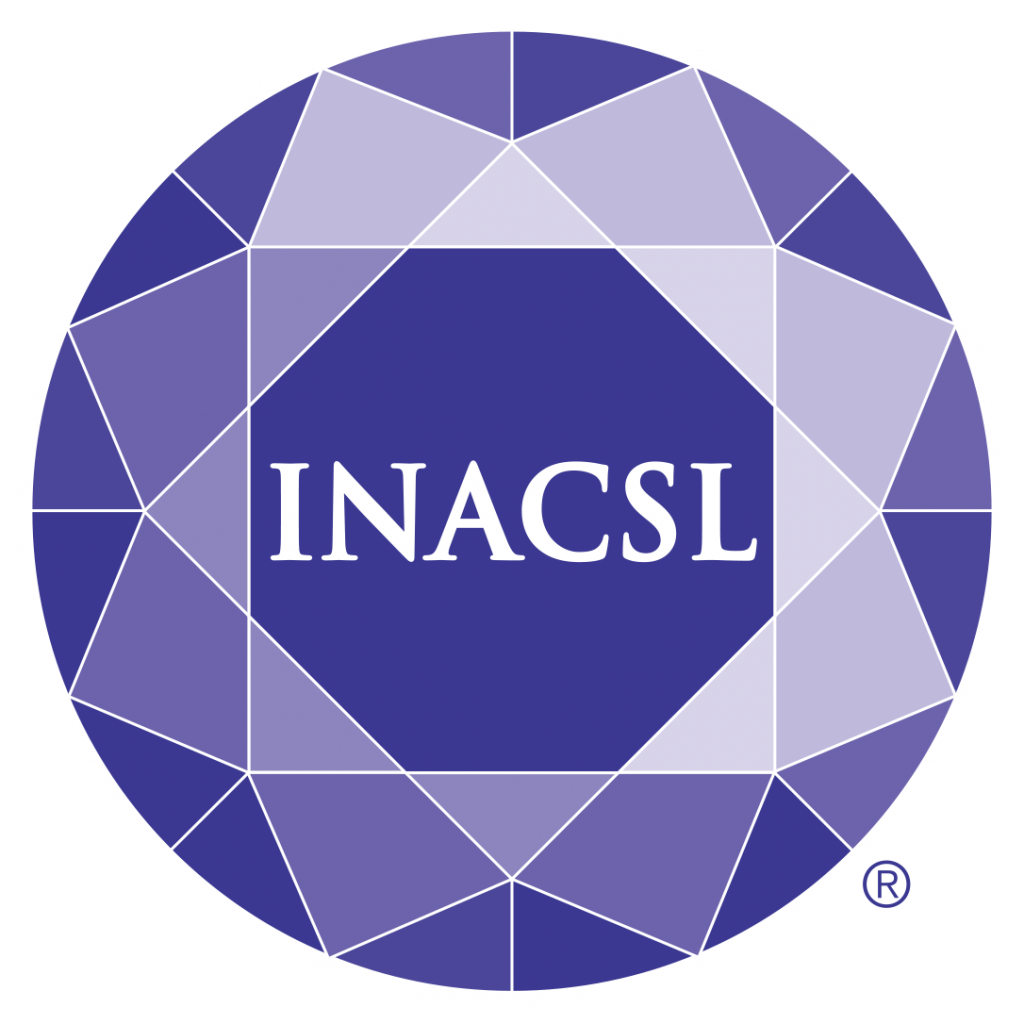Over the past decade, significant strides have been made to address racial and ethnic biases in simulation-based education. Today, diversity, equity, and inclusion (DEI) efforts are increasingly evident in industry standards, educational practices, and research, promoting broader representation and equity in healthcare simulations. Cynthia Foronda and Crystal Murillo tell us about it
Exclusive partnership with

Nearly a decade ago, simulationists began pointing out a large gap in simulation pedagogy. Simulation-based learning environments and practices were demonstrating implicit biases towards racial and ethnic minorities (Foronda, et al., 2016; Graham & Atz, 2015). International simulation standards neglected to mention the need for diversity and cultural humility (Foronda & MacWilliams, 2015). There was an underrepresentation of racial and ethnic simulation faculty members and facilitators in simulated settings (Foronda, et al., 2020; Graham, Atz, Phillips, Newman, & Foronda, 2018). Students of color indicated feeling “isolation and discrimination” and “pressure to perform” when participating in simulated experiences (Graham & Atz, 2015). Simply put, the healthcare simulation community and educational system were surrounded by opportunities to improve the racial inequities in simulation products, facilitators, and pedagogical practices.
As we approach 2025, it is worth reflecting over the decade to see what strides have been taken to promote diversity, equity, and inclusion (DEI) in simulation-based education. Although there is still much work to be done, we have made progress. This progress is reflected within industry, professional organizations, international standards, educational practices, and scholarship. Nowadays, when attending the vendor exhibit at a professional conference in simulation, there are advertisements for manikins and body parts of various skin tones present. Years ago, this was not the case (Conigliaro, et al., 2020; Foronda, et al., 2016). Since 2020, leading professional organizations in simulation including the Society for Simulation in Healthcare (SSH) and the International Nursing Association for Clinical Simulation and Learning (INACSL) have spearheaded committees to focus on DEI. Professional organizations including INACSL and the National Academy of Medicine have added diversity to their organization’s core values. The Association of Standardized Patient Educators (ASPE) and the American Academy of Nursing (AAN) have added DEI statements alongside their mission statements. In 2021, the International Network for Simulation-based Pediatric Innovation, Research & Education (INSPIRE) convened an interdisciplinary expert panel to examine and improve the assessment of DEI in simulation. Within professional organizations in simulation, board member representation has increasingly diversified. While previous iterations of guiding international simulation standards overlooked mention of diversity, The Healthcare Simulation Standards of Best Practice™ now state that facilitators consider the learners’ diverse cultural differences, values, and responsibilities (INACSL Standards Committee, 2021). Change is happening.
Similarly, through viewing the current literature on simulation-based education, we can appreciate an increase in research and education conducted with a diversity and health equity focus. In 2022, INACSL’s flagship journal Clinical Simulation in Nursing published a special issue dedicated to DEI. That same year, the National Institute of Nursing (2022) research released their strategic map which emphasized their priority for research addressing health inequities and social determinants of health. Since then, there have been several systematic reviews, editorial pieces, and research studies published in leading simulation-based journals recently examining the use of simulation to address racial disparities, social determinants of health, and improve health equity (Murillo, Diaz, Tamanna, Worthy, & Jenerette, 2023). Further, there are now methods to pre-brief and debrief for cultural humility (Foronda, 2021; Foronda, et al., 2022a). Although the science of DEI in simulation is just emerging (Foronda, et al., 2022b), we are seeing momentum.
We know that within diversity lies strength. It is worth acknowledging and celebrating the work that has been accomplished amongst the simulation community to increase efforts towards DEI in simulation-based education. Through continued leadership towards DEI becoming a staple in simulation-based education – within industry, professional organizations, education, and research – even more progress over the next decade is inevitable.
References
Conigliaro, R.L., Peterson, K.D., Stratton, T.D. (2020). Lack of diversity in simulation technology. Simulation in Healthcare, 15, 112-114. https://doi.org/10.1097/SIH.0000000000000405
Foronda, C., & MacWilliams, B. R. (2015). Cultural humility in simulation: A missing standard? Clinical Simulation in Nursing, 11, 289-290. doi:10.1016/j.ecns.2015.04.002
Foronda, C., Baptiste, D., & Ockimey, J. (2016). As simple as Black and White: The presence of racial diversity in simulation product advertisements. Clinical Simulation in Nursing, 13(1):24-27. https://doi.org/10.1016/j.ecns.2016.10.007
Foronda, C. Prather, S.L., Baptiste, D. Townsend-Chambers, C., Mays, L., & Graham, C. (2020). Underrepresentation of racial diversity in simulation: An international study. Nursing Education Perspectives 41(3), 152-156. 10.1097/01.NEP.0000000000000511
Foronda, C.L. (2021). Debriefing for cultural humility. Nurse Educator, 46(5), 268–270. https://doi.org/10.1097/NNE.0000000000000957
Foronda, C.L., McDermott, D.S., & Crenshaw, N. (2022a). Prebriefing for Cultural Humility. Clinical Simulation in Nursing, 71, 141-145. doi: https://doi.org/10.1016/j.ecns.2022.02.008
Foronda, C., Jefferies, K., & Walshe, N. (2022b). Teaching equity, diversity, and inclusion through simulation: A new science. Clinical Simulation in Nursing, 71, 1-2. https://doi.org/10.1016/j.ecns.2022.08.006
Graham, C. & Atz, T. (2015). Baccalaureate minority nursing students’ perception of high-fidelity simulation. Clinical Simulation in Nursing, 11(11), 482-488. https://doi.org/10.1016/j.ecns.2015.10.003
Graham, C., Atz., T., Phillips, S., Newman, S., & Foronda, C. (2018). Exploration of a racially diverse sample of nursing students’ satisfaction, self-efficacy, and perceptions of simulation using racially diverse manikins: A mixed methods pilot study. Clinical Simulation in Nursing, 15, 19-26. https://doi.org/10.1016/j.ecns.2017.08.007
INACSL Standards Committee. (2021). Healthcare Simulation Standards of Best PracticeTM. Clinical Simulation in Nursing, https://doi.org/10.1016/j.ecns.2021.08.018
Murillo, C., Diaz, D.A., Tamanna, N., Worthy, K., & Jenerette, C. (2023). Social determinants of health in graduate nursing simulation education: An integrative review. Nurse Educator, doi:10.1097/NNE.0000000000001561
National Institute of Nursing Research. (2022). National Institute of Nursing Research 2022-2026 Strategic Plan. Retrieved from https://www.ninr.nih.gov/sites/files/docs/NINR_One-Pager12_508c.pdf
READ ALSO








































